IT Infrastructure Monitoring provides critical insights into the performance and health of an organization's IT assets, ensuring seamless operations and quick issue resolution, leading to enhanced productivity.
Designed for large enterprises and mid-sized businesses, IT Infrastructure Monitoring tools help IT teams monitor servers, networks, and applications. These solutions provide real-time alerts, comprehensive dashboards, and analytics, enabling proactive issue management and reducing downtime while maintaining optimal performance of IT infrastructure.
What key features should be considered when choosing an IT Infrastructure Monitoring solution?
What benefits and ROI can companies achieve with IT Infrastructure Monitoring?
In healthcare, these solutions are implemented to ensure that patient data management systems and diagnostic tools operate seamlessly. In finance, they help maintain the uptime of trading platforms and transaction processing systems, ensuring uninterrupted services.
Organizations benefit from IT Infrastructure Monitoring as it ensures continuous availability, identifies performance bottlenecks, and minimizes the risk of failures, contributing to overall smooth IT operations.
| Product | Market Share (%) |
|---|---|
| Zabbix | 9.8% |
| Datadog | 4.4% |
| PRTG Network Monitor | 3.8% |
| Other | 82.0% |
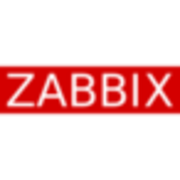

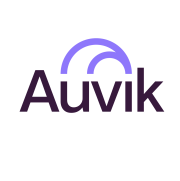


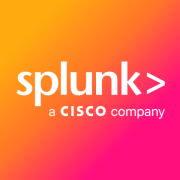







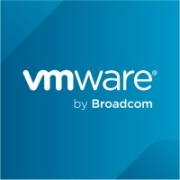

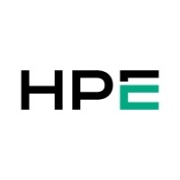



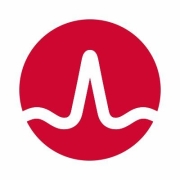
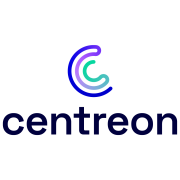
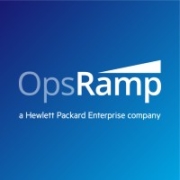

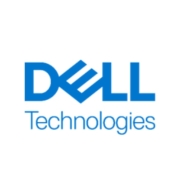



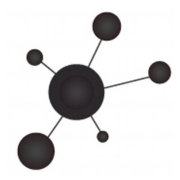

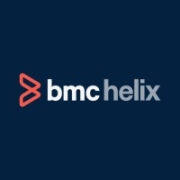



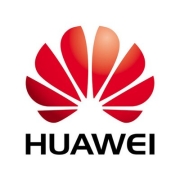



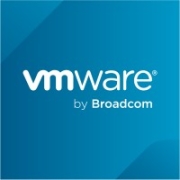






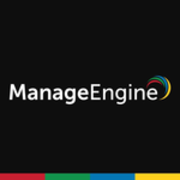
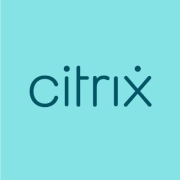
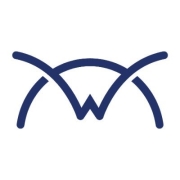




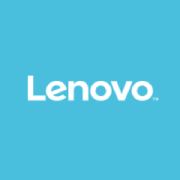



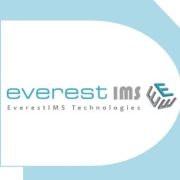






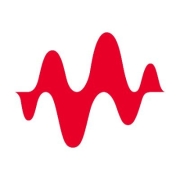



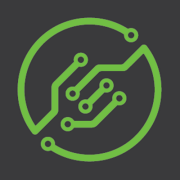




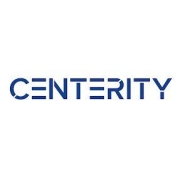
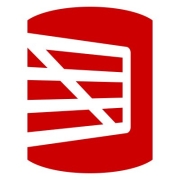
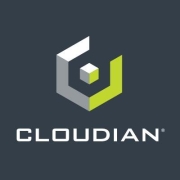








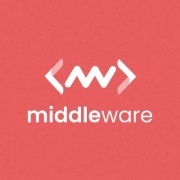


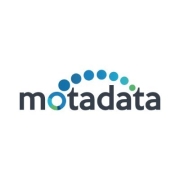

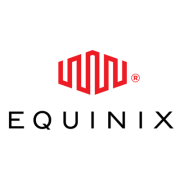


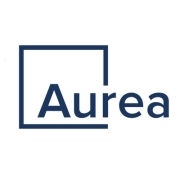

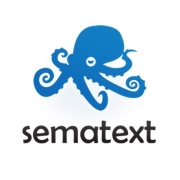

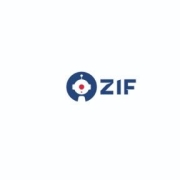

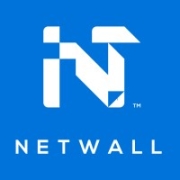


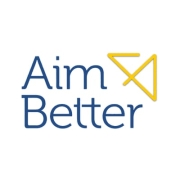
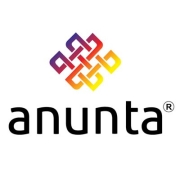
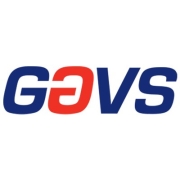




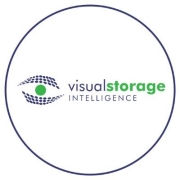








IT infrastructure monitoring is important in order for IT departments to run at optimal performance and prevent errors proactively before they cause a disruption or affect critical business operations and processes. IT monitoring is essential because it helps resolve problems that could otherwise create a major disaster.
Additionally, IT infrastructure monitoring is crucial because of the growing complexity of IT infrastructure. The different components of an infrastructure (devices, servers, networks, storage, applications, OS, hardware, etc.) all impact one another. If there is an issue, finding the source and fixing it will depend on having an effective infrastructure monitoring tool.
When researching which IT infrastructure monitoring tools would be best suitable for your organization, there are many criteria to consider. It is best to choose a system that has multiple capabilities and can easily trace all of your organization’s services, from your server’s resources to your applications. It is also helpful to select a tool that supports customized alerts for arising performance issues, an application dependency mapping service, as well as integrations for specialist vendor service monitoring. Additional, but not essential, features that you may want to consider when making your decision include a server status monitor that watches resource utilization, root cause analysis, and website performance monitoring that offers availability and response time capabilities. In addition, some IT infrastructure monitoring tools offer a free trial or demo system, which can be valuable as you assess which product will work best for your organization.
When evaluating IT Infrastructure Monitoring tools, focus on features like real-time monitoring capabilities, automated alerts, and comprehensive reporting. Look for scalability to accommodate your growing infrastructure and integration capabilities with existing systems. Consider tools that offer customizable dashboards for quick insights and anomaly detection for proactive issue resolution. Ease of deployment and user-friendly interfaces can enhance user adoption across your teams.
How can IT Infrastructure Monitoring improve system performance?IT Infrastructure Monitoring can significantly enhance system performance by providing real-time insights into system health and resource utilization. Proactive monitoring helps you identify and address bottlenecks before they affect operations. By tracking performance metrics, you can optimize resource allocation and ensure high availability of critical applications. Historical data analysis allows for trend identification, facilitating strategic planning and enhancing overall efficiency.
What are the challenges of implementing IT Infrastructure Monitoring?Implementing IT Infrastructure Monitoring can present challenges such as integrating with existing systems, adapting to rapid technological changes, and managing the volume of data generated. Ensuring data security and privacy can be a concern, especially with cloud-based solutions. Training staff to effectively use monitoring tools and interpreting data to derive actionable insights requires time and resources. Choosing a solution that aligns with your organization's unique needs is critical to overcoming these challenges.
How does cloud-based IT Infrastructure Monitoring compare with on-premises solutions?Cloud-based IT Infrastructure Monitoring offers benefits like scalability, reduced upfront costs, and easier updates compared to on-premises solutions. They provide flexibility and can be quickly deployed across various environments. However, they rely on internet connectivity, which can be a drawback if your infrastructure requires offline access. On-premises solutions offer more control over data and customization options but generally involve higher maintenance and initial investment costs. Choosing between them depends on your organization's specific needs, budget, and expertise.
What role does AI play in IT Infrastructure Monitoring?AI enhances IT Infrastructure Monitoring by providing advanced analytics capabilities, enabling predictive maintenance, and improving anomaly detection. By leveraging machine learning, AI can learn from historical data to identify patterns and predict potential issues before they escalate. Automated responses reduce manual intervention, enhancing system reliability and efficiency. AI-driven insights support better decision-making, helping you allocate resources more effectively and prioritize critical tasks.